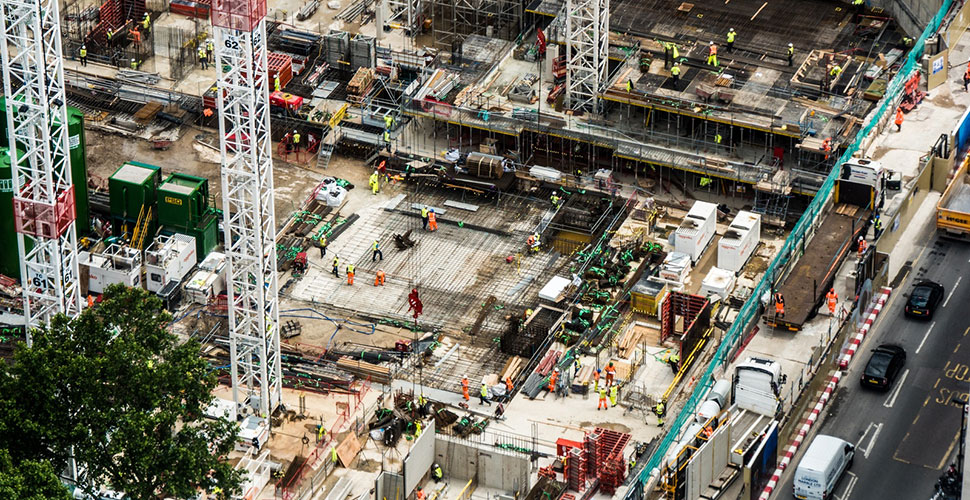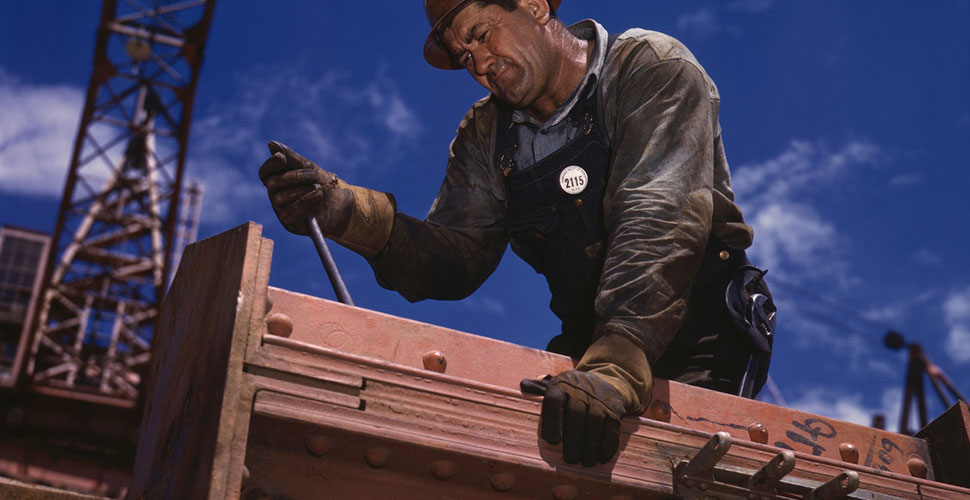The construction industry remains one of the most hazardous industries in the United States in terms of the number of occupational fatal and non-fatal injuries. In 2014, 874 fatal work-related injuries were reported in the U.S. construction industry1. Even though construction workers historically account for only about 5% of the overall U.S. workforce, the construction industry accounts for approximately 20% of the total occupational fatal and non-fatal injuries2.
Numerous studies have indicated that the high incident rate in construction can be influenced by the design of projects. For example, 42% of 224 fatalities in the U.S. construction industry between 1990 and 2003 were linked to decisions made during design, before the start of construction3.
To curb the high number of fatal and non-fatal injuries, safety management strategies are emphasized by construction stakeholders. Firstly, safety management involves preparing a plan to ensure that all safety hazards and risks are identified, assessed, analyzed, and then mitigated. This step is aligned with lean thinking where design and construction processes are streamlined to eliminate waste and maximize value.
Workplace accidents can have negative impacts on cost, schedule, and quality. Therefore, it can be argued that improving workplace safety is a form of waste reduction and value generation. According to the “hierarchy of controls” (HoC), eliminating construction hazards at the source is the most effective means of improving occupational safety4, as shown in Figure 1. HoC, in this regard, is defined as a means of determining how to implement the most practicable and effective safety controls on the jobsite to control safety hazards4.


By examining the graphical pyramid (Figure 1), consistency between lean thinking and safety management principles appears evident. However, eliminating safety hazards at the source, a.k.a., Prevention through Design (PtD), requires modifying the facility design prior to construction operations. It is worth noting that PtD encompasses the concept of protecting construction workers by addressing their safety during the design process5. In that aspect, lean design practices appear on the surface to touch on this critical subject because they promote the early involvement of specialty contractors and frequent team communications between project teams, particularly between design and building professionals.